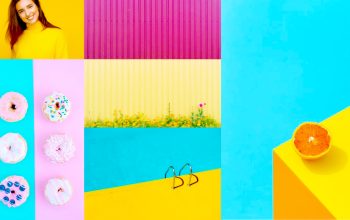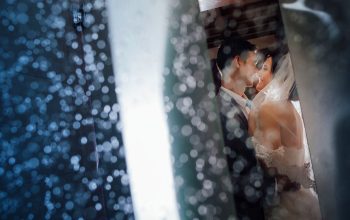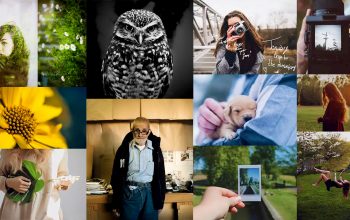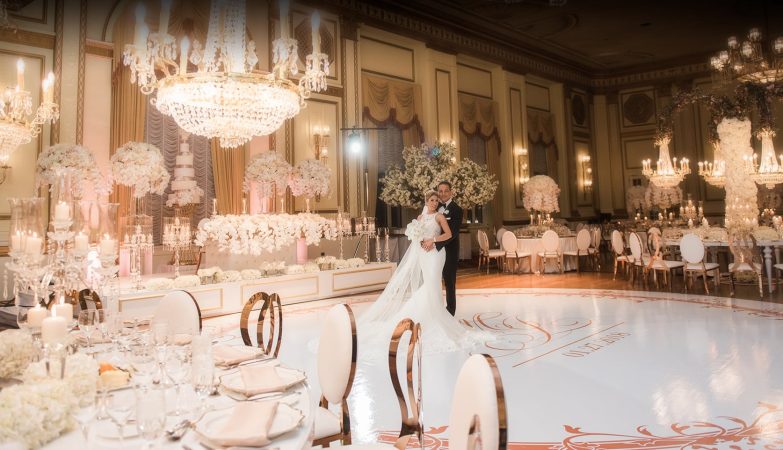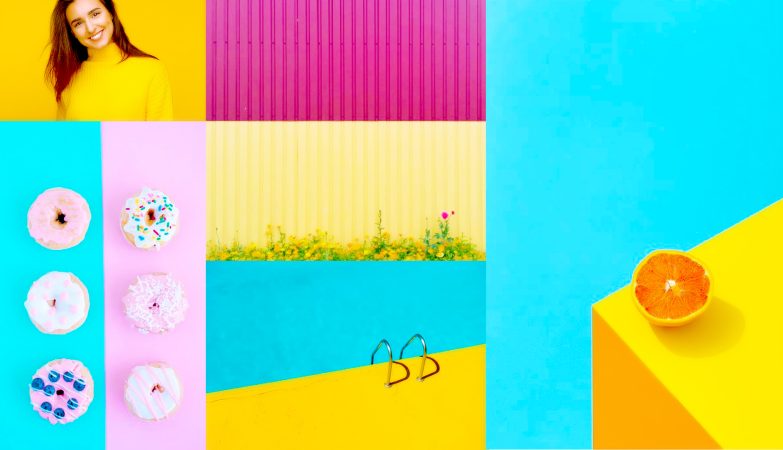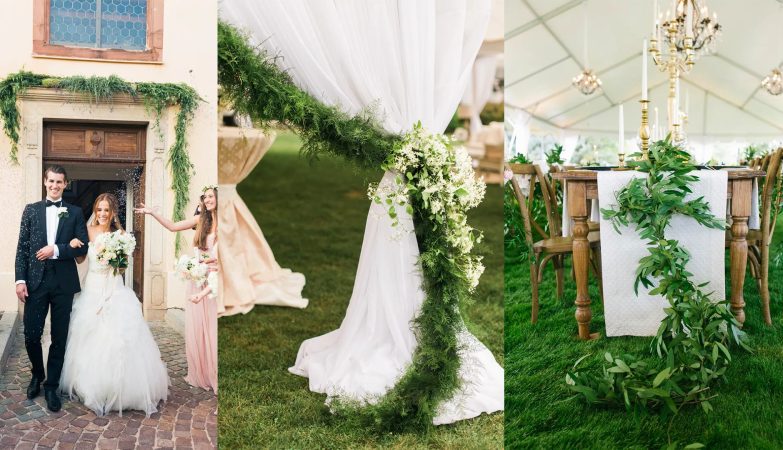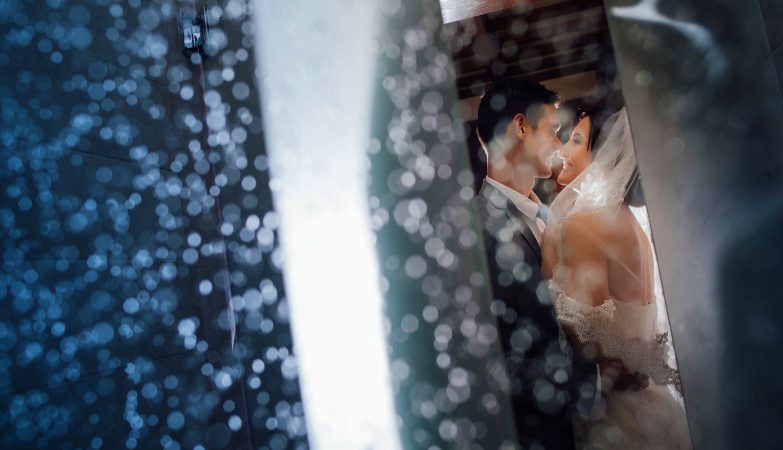
Without light, photography could not exist – neither literally nor figuratively. What do I mean? Literally, the word “photography” combines the Greek words “photo” and “graphia” to mean “drawing with light.”
Figuratively, photographers across all genres and skill levels from portrait and landscape photographers to beginners and seasoned professionals chase and attempt to capture light. But here’s the catch or what I like to call the great paradox of photography – an abundance of light does not always produce amazing photographs.
Truth be told, the opposite is often true. Some of the most impactful photos are produced in extreme lighting conditions with little to no light. These low light conditions produce gorgeous sunrises and sunsets, stormy conditions, night skyscapes and astrophotography, dark streets, and indoor portraits.
This is why it is vital that photographers master the basic fundamentals of low light techniques. We will discuss these techniques and how to apply them in various travel photography scenarios such as:
- Landscapes
- Portraits
- Cityscapes
- Night skyscapes or Astrophotography
GLOBAL TIP: SHOOTING IN RAW: While most tips and techniques for low light photography are situation or scenario specific, there is one global tip that covers the entire photography spectrum – shooting in RAW.
Shooting in RAW format is liberating because it gives photographers greater flexibility and control over the final image. How so?
RAW format is exactly as it says – raw. It is unprocessed data that contains all the light intensity values collected from every pixel of your camera’s sensor. How you process that data is entirely up to you.
The alternative to RAW is JPEG, which offers photographers little to no control since the data is combined to create an image based on the camera’s algorithms. The image produced is a result of the camera’s data and averages, not the input you have as a photographer.
If you are hesitant to make the switch to shooting entirely in RAW, take the first step by setting your camera to shoot RAW+JPEG. You can compare the two formats later during the editing process.
LOW LIGHT PHOTOGRAPHY TIPS FOR LANDSCAPES: Landscape photography embodies the true essence of low light photography. Some of the most beautiful landscape images are captured during the Golden Hour of Sunrise and the Golden Hour of Sunset when light is limited or at its lowest.
01. Always Use a Tripod: Tripods are an integral part of photography, especially landscape photography since they provide stability and often encourage photographers to be more mindful of a shot’s composition. A tripod is a landscape photographer’s best friend… of course, I am a little biased since I own three tripods myself!
Have you ever seen a time-lapse sequence of sunset and wondered how the photographer took such crisp, high-quality images?
It all starts with a tripod. A tripod stabilizes the camera to prevent camera shakes, which is ideal in low light conditions that require longer shutter speeds. Photographers can use a tripod to take sharper, higher quality images at lower ISO values.
Tripods are also helpful because they encourage photographers to slow down and consider the composition of a shot. I actually take fewer shots with a tripod and have a much higher success rate because I am more mindful of what I am doing.
02. Take Advantage of Remote Release or 2-Second Delay: While tripods are great for providing stability, they do not always eliminate camera shake especially when it comes to human error. Let’s be honest – it is extremely hard not to introduce camera shake when pressing the shutter button even if you have the steadiest of hands! Even the most seasoned photographers are guilty of it!
To eliminate camera shake, you can use the 2 Second Delay or the Remote Release. Most cameras on the market today offer a 2 Second Delay. This means that when you press the shutter button, the camera waits two seconds before it takes the shot.
A dedicated Remote Release is also an inexpensive option that can be either wireless or wired depending on your preference or the scene. I use both techniques in my photography. The 2 Second Delay is great when I shoot in single-shot mode and the Remote Release is effective when I need to bracket my shots.
03. Use a Long Shutter Speed: There are three options to compensate for the absence of light in low light conditions:
- Increase the Shutter Speed
- Boost the ISO
- Open the Aperture
Longer shutter speeds give us the option to use a long exposure photography technique that is paramount in landscape photography. It is the same technique that introduces motion blur, which creates the silky effect of running water that is so common in landscape images.
In addition to creating motion blur, longer shutter speeds allow us to use a lower ISO to produce higher quality images. We can also maximize the depth of field and get the entire scene in focus when we open the aperture.
PORTRAITS AND LOW LIGHT PHOTOGRAPHY: The challenges that photographers face from low light conditions are generally the same whether it’s a landscape, an indoor portrait, or street photography. The difference is how we respond to and overcome these challenges.
01. Open up Aperture: While using a longer shutter speed is common in low light landscape photography where motion blur is welcome, this method can ruin portraits.
Open the aperture of your lens by setting it to a minimum value. Although this sounds counterintuitive, opening the aperture:
- Balances the exposure by letting more light reach the camera sensor.
- Minimizes the depth of field to create an out-of-focus background and a visual separation between the model and the surrounding environment. This is the cornerstone of portrait photography!
02. Use Burst Mode: As I mentioned before, shooting handheld in low light conditions makes it easy to introduce camera shake when the shutter button is pressed.
Similarly, shooting in single shot mode runs the risk of producing soft images. To remedy this, switch to continuous shooting mode where the camera takes multiple photos once the shutter button is pressed. This reduces the risk of camera shake after the first shot and it gives you multiple shots to choose from during the editing process.
03. Use Auto ISO: Auto ISO offers the best of both worlds – the flexibility of Manual Mode and the convenience of Aperture Priority and Shutter Priority. This makes it one of the most useful settings for shooting handheld, but it does not make it any easier to understand. That’s where I can help!
Auto ISO tells the camera to maintain a certain shutter speed and ISO. When the light diminishes, the camera compensates by reducing the shutter speed and increasing the ISO. The Auto ISO sets the camera’s parameters for these situations. For example, it can set limits for the camera to stay above or below a shutter speed value of 1/100s or an ISO of 1600.
The right Auto ISO settings can produce sharp images with limited noise. To set up the Auto ISO on your camera:
- Specify a minimum shutter speed value. For example, I never want to go below 1/100s when I shoot with my Sigma 30mm ¼ portrait lens.
- Specify the ISO range, which is based on your camera’s performance. I set the ISO between 100 and 1600 because I know that my Sony a6000 produces acceptable noise up to an ISO of 1600.
LOW LIGHT PHOTOGRAPHY TIPS FOR CITYSCAPES
01. Use a Wide Lens: By default, cityscape photography involves shooting huge structures from a very short distance. This is why it is always best to use a wide-angle lens when shooting a cityscape regardless of the lighting conditions. Wide angle lenses offer greater flexibility and more options when it comes to composition.
Wide-angle lenses are even more useful in low light conditions because they have shorter focal lengths that make them less prone to camera shake.
For example, safe shutter speed for a wide-angle 16mm lens is around 1/35s while a safe shutter speed for a 100mm focal length lens is around 1/200s.
02. Use Support: Tripods are not always convenient or legal within the city limits, which means you might have to get creative when your camera needs extra support.
You can use trees or building walls for support by leaning your back against the structure, pressing your elbows into your body, exhaling, and then slowly pressing the shutter. By doing this, you can shoot at the much slower shutter speed and produce a higher quality image.
If possible, you can also use a bench or a fence to support your camera. By using the 2 Second Delay or a Remote Release to capture the scene, you can eliminate any camera shake.
03. Boost the ISO: Although extreme ISO values can ruin portrait shots, you have more freedom and creativity with cityscapes. You can treat the digital noise artistically by using black and white to bring your cityscape to life.
NIGHT SKYSCAPES AND LOW LIGHT PHOTOGRAPHY: The most extreme type of low light photography occurs when you shoot the sky in the middle of the night when there is absolutely no light – this is astrophotography.
When the camera and lens work together to amplify the light, astrophotography is at its finest. Capturing the night sky in all its glory requires the camera’s shutter to open long enough for the light to reach the sensor and capture the stars that are otherwise invisible to the naked eye.
01. Use a Fast, Wide Lens: Astrophotography is harder than it looks since we have to deal with the constant movement or rotation of the Earth.
If we open the shutter for more than a minute, we capture too much movement and light that results in blurry stars and star trails. If we don’t open the shutter long enough, we capture nothing but darkness.
To produce perfectly sharp stars, keep your shutter speed at or below 30 seconds.
We must use the widest aperture possible and boost the ISO to the extreme to compensate for the short shutter speed. The logic here is simple: the faster the lens, the lower the ISO to ensure less noise in our image.
When it comes to wide-angle lenses, these are ideal since they allow us to use a much longer shutter speed before star trails become noticeable!
02. Shoot Multiple Frames for Noise Reduction: One of the biggest challenges in astrophotography is digital noise. Although there are many different tools and techniques to combat the issue, my favorite and most efficient tool does not have to do with the camera itself. What’s my secret? Photoshop. This technique is a lifesaver especially if you do not own a fast lens and have to push the ISO values to the extreme.
Take multiple shots of the same scene to produce identical images with different noise patterns. Then, in Photoshop, you can use the Mean Staking Mode technique to combine the multiple shots in a single Smart Object. Photoshop then uses statistical calculations to average the digital noise across all the frames.
CONCLUSION: The cornerstone of any photography journey is understanding that different types of photography require different approaches and techniques. That is why it’s so important to master low light photography to make your images more distinct and truly your own.
Use these low light photography tips and techniques as a guideline in your photography and be sure to share your favorite tips and tricks with us!
originally posted on phototraces.com
